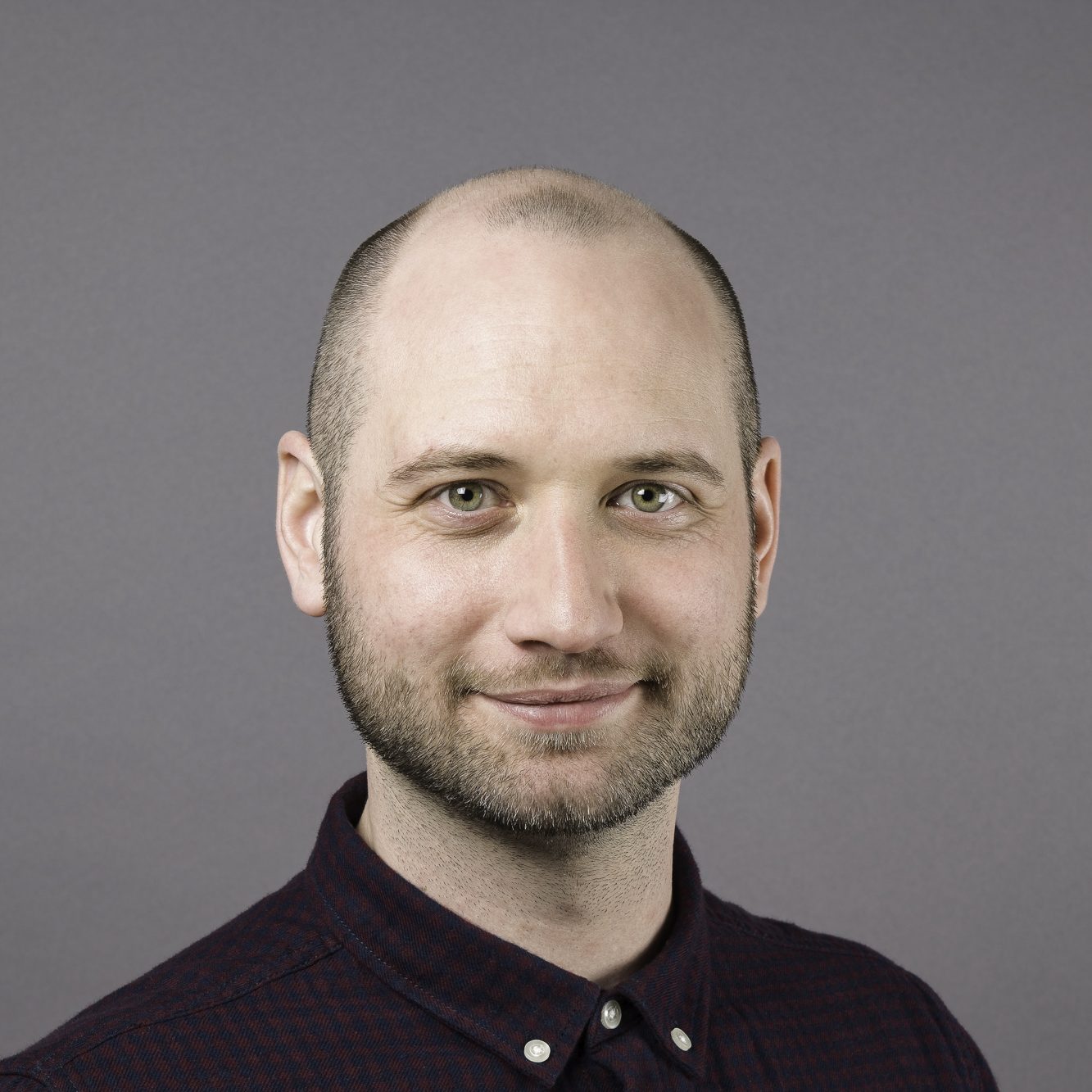Digital cameras are a fascinating piece of technology that constantly take my breath away. It took me quite a while until I got in touch with DSLRs. Currently, I use a Nikon D7200 (APS-C format).
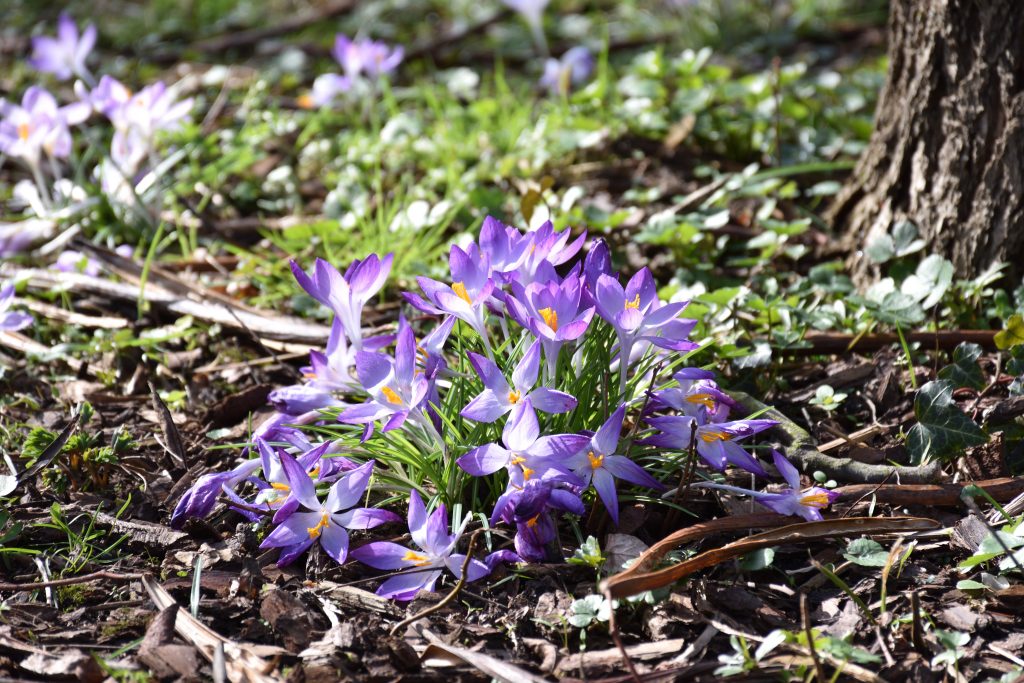
I have bought my first camera around 2002, a compact-type Canon IXUS v2 that became a valuable companion during the later high school years. After serving me well for maybe 4 years (zoom drive died), I found myself surrounded by a lot of people having even better cameras and I decided to leave the documentation of holidays to them. Fortunately, I now have a lot of pictures with myself on it 😉
I then used a compact-type Panasonic Lumix DMC-FX9 which was a gift by a family member who stepped up leaving this one behind without use. A solid camera that I used for a couple of holidays, but it did not really wake up enthusiasm. After this one also died (I cannot recall what happened) another period of cameraless time began.
In 2014 and in expectation of my first son, I was lucky to get another unused camera from a family member. This time, it was an early version of the bridge-type Panasonic Lumix DMC FZ50. A powerful amateur camera with great Leica optics and a surprisingly wide aperture. This might be the starting point for my deeper interest into digital cameras, especially when finding out that in certain low-light situations, I just was not able to take useful pictures. I am sure this was partly my incompetence, but I wondered why this is the case – the seed of an adventure about finding out what kind of camera will let me do things where the gros of amateur cameras will fail.
Now, I am owner of the single-lense reflex-type Nikon D7200, a stunning camera that – as a representative of the APS-C sensor format category – leaves only few leeway to the possibilities of 35mm small picture format of the semi-professional and professional area. However, the decision not to go for the real thing is undoubtly: budget. For an amateur, I think this body at costs around 1000€ already serves great. And even more importantly, the compatible lenses are way cheaper, however overall quality will never reach the bigger system. Until now, I do not regret a thing, especially because the gear is obviously oversized for my artistic skills concerning quality and options provided. I would have been forced to save money for some time to enter the serious photography world and I keep saying to myself that I have made the right decision when I find myself staring enviously at the gear of others. Because I already own an affordable camera that delivers and offers so much.
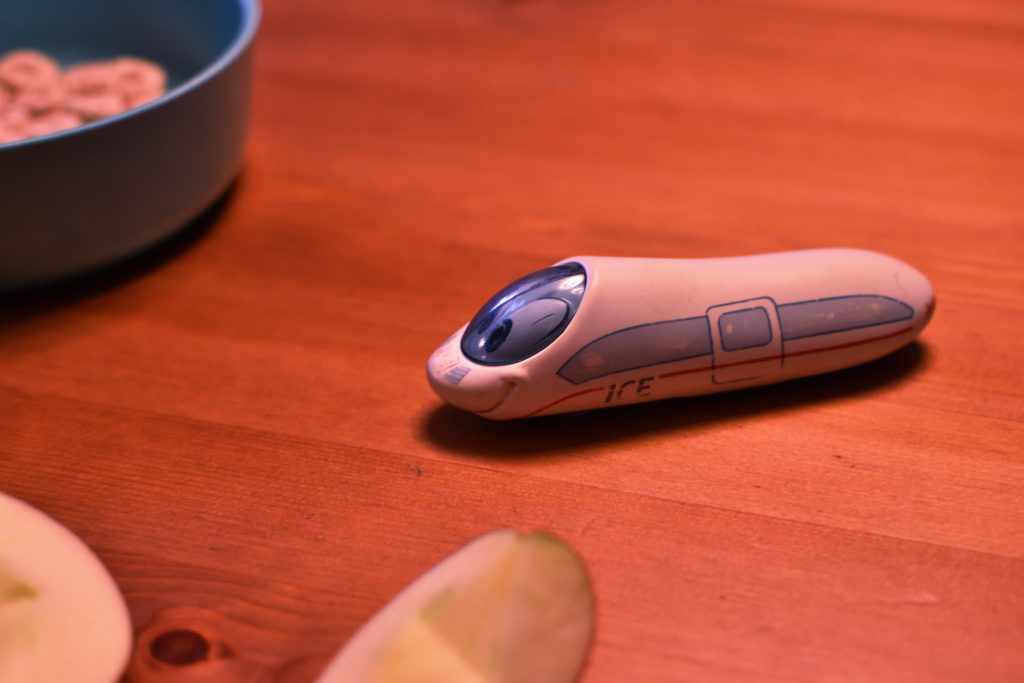
This was my first camera with exchangeable lense, and in the beginning I struggled badly finding out which one(s) I should pick. A bit of a lucky shot was actually that I went for a Nikon rather than Canon or Sony, simply because the D7200 was rated class-leading and I knew some colleagues were satisfied with Nikon. Nikon has not changed their bajonett mount since I don’t know when. And the lenses are compatible across varios bodies, even with the 35mm and their excellent FX Nikkor lenses. So this gave me quite a base of compatible lenses. However, the range might be a bit limited compared to Canon’s – and not that costly compared to Sony. A good starting point, after all. And, naturally, one is unfortunately always seeking for higher grounds so I usually concider the possibility that some day I might be owner of a full frame body. Therefore I do not refuse to pay more for an FX lense that I don’t have to sell in case I can step up one day.
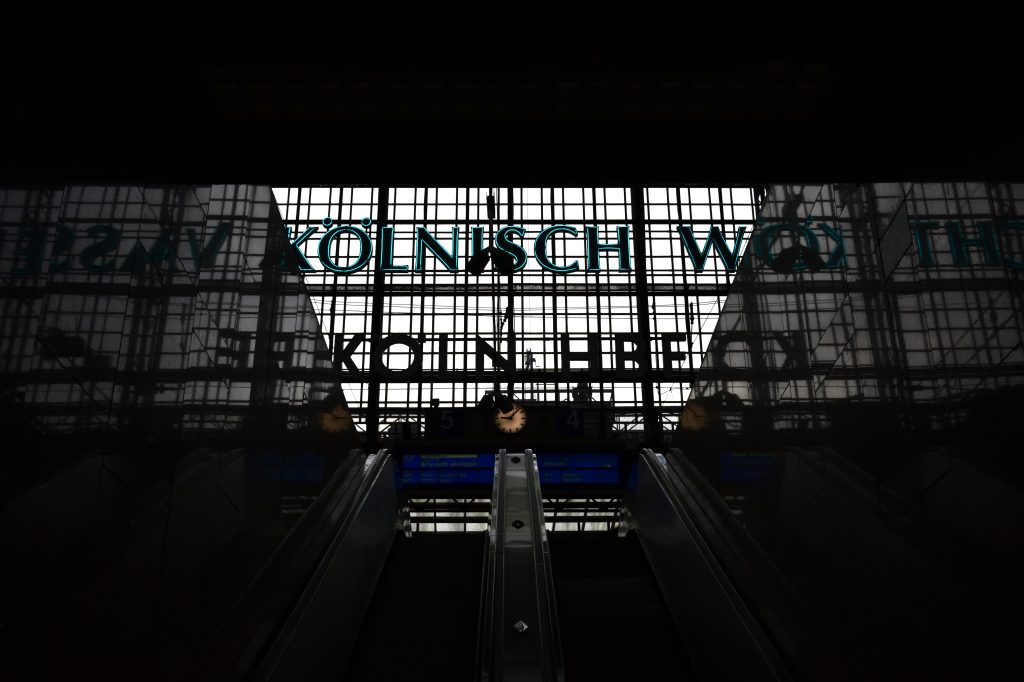
In the end (including some fruitful discussions with Bastian Paas) I bought the Nikon AF-S DX Nikkor 18-140mm 1:3.5-5.6G ED VR together with the body as a kit, since the price of an extra 200€ was reasonable. And it gave me possibility to try out and find my spot. I am not really happy with this lense, yet I took a few nice pictures with it, including some birds. The image stabilizer works well, automatic focusing, too. Focal range is very useful in various situations. Nothing to complain about, and I would do it again, but I never warmed up with it.
In contrast, I was also looking for something more special that imposes a restriction and yet opens new possibilities, especially in low light condition. Of course, I am talking primes. The decision to purchase the Nikon AF-S DX Nikkor 35mm 1:1.8G was really easy, compared to the zoom from the kit. And it’s a marvellous lense. With the 1.5x crop factor of the D7200 it is comparable with a 50mm focal length image section, and it’s my everyday favorite for shooting people and everything else I see.
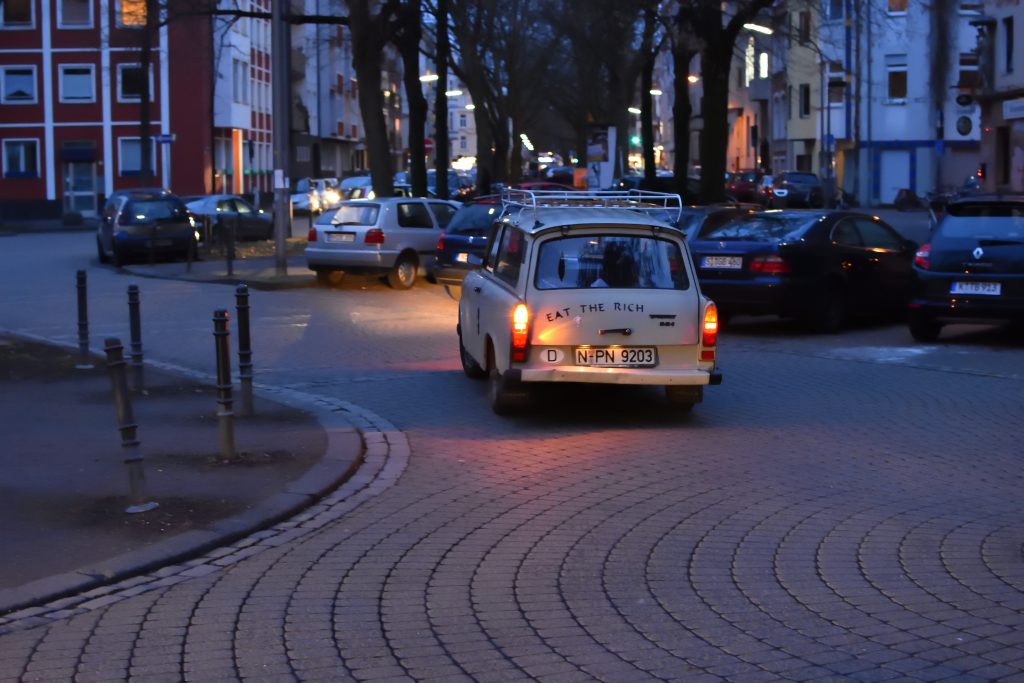
For even wider range, i.e. birds, I use the Sigma 150-600mm F5.0-6.3 DG OS HSM Contemporary, a beautiful super-tele I bought for an increadible price of just about 800€. Brand new. With the Nikon D7200, it’s probably the most exciting mid-quality low-price combination for outdoor wildlife photography. For me it is the perfect combination.
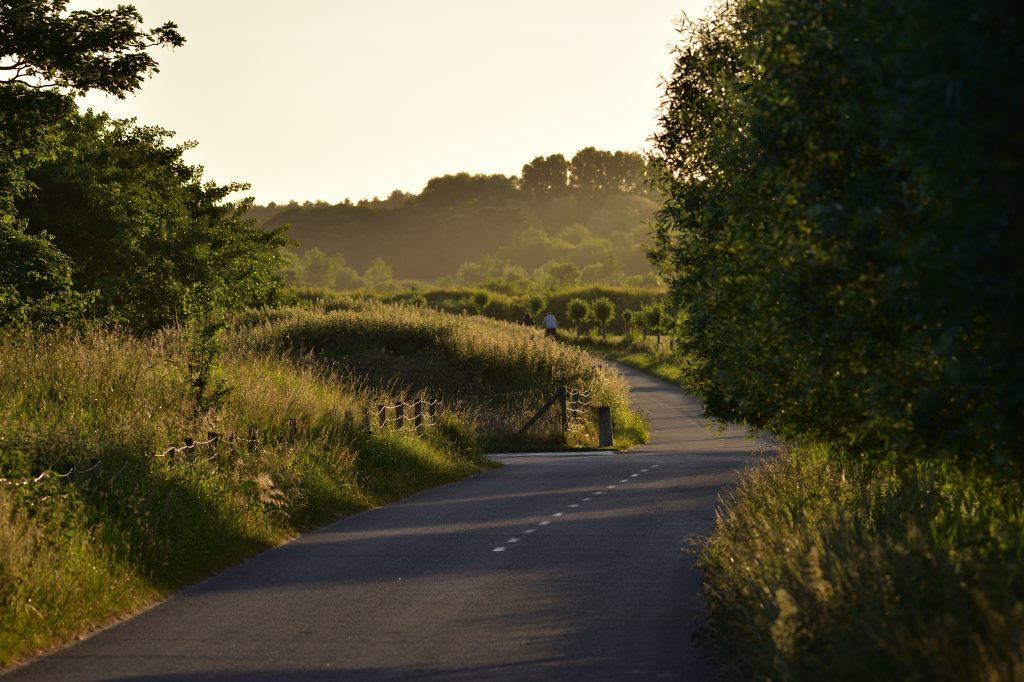
After only a few days, I was also looking for a comfortable and simplistic sling, since the Nikon accessory was hurting my neck and I felt branded by the bright yellow letters. I knew exactly how I wanted to carry the camera, and it was definitely not around the neck. To my surprise, I actually found someone who made it reality! With the Peak Design Camera Slide Tallac I never felt weird again carying a big-sized DSLR around, and it’s now a rehearsed move to pull the camera to the front with my right hand. No more struggling with the strip at the grip, in front of the lense or in the way of the viewfinder. And because the lense is always facing downwards, I have no problem leaving the cap off all the time. Fantastic.
I gather my gear in an EVOC Photop 16l rucksack, a clever companion with a lot of useful features. Camera, kit zoom and prime are stored in the lower compartments, super tele zoom goes into the main compartment, where it fits across almost perfectly. Tripod can be fiddled into the side straps with some patience but mine apoears to be oversized for this bag. Generally, with a light jacked, an apple and a bottle of water the 16 liters are exhausted. If another lense would join the gear team, space will be a real issue. Every now and then I ask myself why on earth I was too cheap to by one size bigger, but I guess every photographer went through this process.
I accomplished my set with the Rollei C6i alloy tripod, which is a solid valuable companion for a reasonable price. And it converts to a monopod, if weight is an issue but you still need some support. However a nice and lightweight leg made of carbon might have been a good choice, too. At least when traveling without car, I wouldn’t take the bigger tripod.
Because on sale, I purchased a brand new Sigma DC 17-55mm 1:2.8 EX HSM after a while for not more than 250 €. Although it is an older generation DX lense, I enjoy taking pictures with it in many situations. To me it has beautiful Boukeh and is sharper than expected, autofocus is not the fastest but was never an issue. Especially the constant aperture turned out to be a very convenient property which I don’t want to miss anymore. It downgraded the Nikon kit zoom to a paper weight at no time. I even have problems finding situations where this standard zoom wouldn’t be a solid choice … very unfortunate for the Nikon 35mm prime, that I now solely use in favour of its shallower field of depth at wider apertures, not because it might have a slightly better resolution. If I would do it all over again, the Nikon D7200 and the Sigma 17-55mm f2.8 is a killer combination for those on a budget.
If at all, my set is still missing a wide or super-wide angle lense and a macro lense. I am thinking Nikon AF-S DX Nikkor 10-24mm F3.5-4.5G ED or Sigma 8-16mm F4.5-5.6 DC HSM. But currently I have no intend to spend money on that, also because I think APS-C format has its downsides on the short end of the focal range. Seems a bit like waste of money to spend 800€ plus for complicated optics just to get a fairly good quality for the desired wide view angle. I might be better off exchanging the D7200 for a full frame camera and use a plain 24mm lense, instead.
This beeing said, I generally believe that for hobby photographers like myself, a full format (24x36mm) sensor generally makes more sense than APS-C (16x24mm) sensor, at least on a DSLR. I agree, if weight and budget is of superior interest. There are good reasons to buy small, and also to buy cheap. I was in such a situation. But if quality matters – and I have developed a notorious obsession here – you will always envy the higher class of camera owners. And you try to argue that APS-C is equally good, but you are walking on thin ice. Apart from the abovementioned I literaly don’t see a single point not to use full frame. I agree that there are situations where the differences are not important. For example within excellent light conditions, surprise. But you are usually trading light immission (and not reach) that you can only regain by expensive sensors which allow for high sensitivity without significant distortion. And those are not found often on small cameras. I wouldn’t pay for that. On my Nikon D7200, I go no higher than ISO 1250. Same for the Sony Alpha 6000 that I recommend often for its high value for an entry level camera. My personal taste appears to be in line with the recommendations of DXOMark, so I usually compare with their measurement results.
I have no doubt that the day will come when I step up and go for the real deal, as of today most probably with the Nikon D750. Should have done it from the start, but I had my reasons.
Check out the blog for more.
